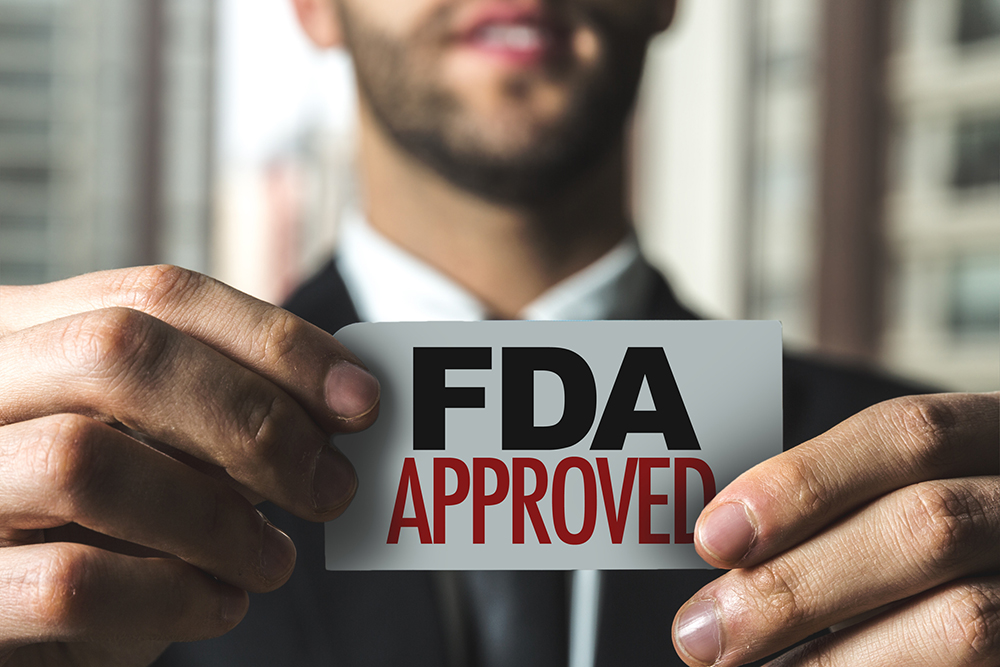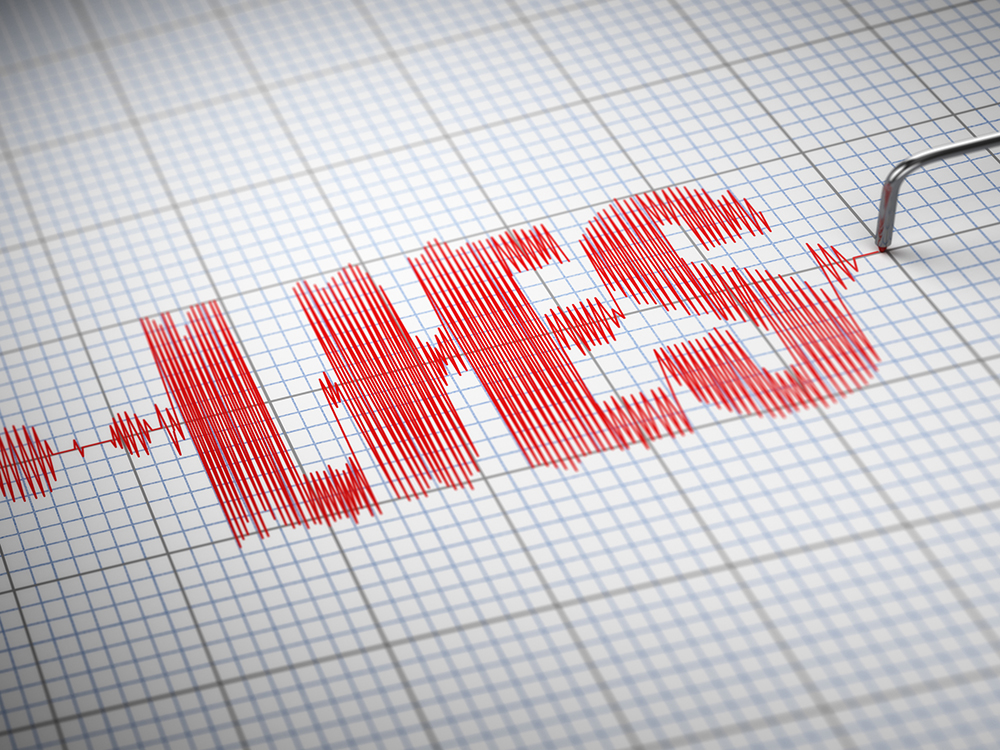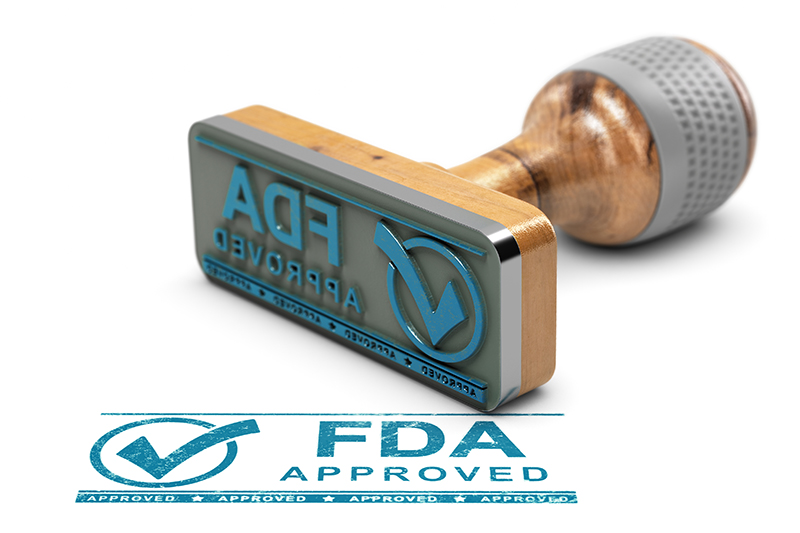Probably the most effective weapon in the arsenal of glutamate industry claims that monosodium glutamate (MSG) is a “safe” food additive is the often-repeated statement that “FDA considers the addition of MSG to foods to be ‘generally recognized as safe’ (GRAS).”
According to The Glutamate Association:
Over the years, there have been numerous reports or complaints from people claiming they had side effects from foods that have MSG. Those include stomach upset, heart palpitations or headaches. In the 60s and 70s, some used the derogatory term “Chinese Restaurant Syndrome” because they believed that people experienced these side effects after eating Chinese food.
However, researchers have done numerous studies, and there’s been no concrete evidence that MSG causes these ill effects unless consumed in large quantities — 3 grams or more. Typically, an average food serving has 0.5 grams or less of MSG.
Because of this research, the U.S. Food and Drug Administration (FDA) classified MSG as GRAS or “generally recognized as safe.”
The flaw in industry’s argument lies in the fact that there actually is no research that demonstrates that MSG is “safe.”
There are several dozen studies that demonstrate that MSG, which contains an excitotoxic – brain damaging – amino acid, kills brain cells in the arcuate nucleus of the hypothalamus causing gross obesity, infertility, behavior disorders and more.
There are a handful of human studies and a myriad of reports that MSG causes migraine headache, asthma, fibromyalgia, irritable bowel, nausea, vomiting, seizures and more.
There are a dozen or so badly flawed double-blind studies wherein, among other irregularities, the placebo used was not of some inert material, but triggered reactions identical to those caused by MSG.
Moreover, by the FDA’s own admission, there are no studies that demonstrate the safety of MSG. Or, to say it more precisely, the FDA has not identified even one study that they have used to back their claim that MSG is “safe.”
According to law, to be designated FDA GRAS (generally recognized as safe), an ingredient must be tested for safety using scientific procedures (with the same evidence as required for food additive approval), unless it is known to be safe through common use in food prior to January 1958.
Since the MSG in use today only entered the market in 1957, no claim can be made that it was known to be safe through common use in food prior to January 1958. That leaves the requirement that ingredient must be tested for safety using scientific procedures. A requirement that has not been met.
How do we know? We asked the FDA to point to the studies they used in making the claim that MSG is GRAS. And guess what? They haven’t responded with a single study.
We also asked the FDA to removed MSG and its manufactured free glutamate toxic component (MfG) from the GRAS “list.” And guess what? They haven’t responded to that either.
So how does the FDA get away with declaring that MSG is GRAS when doing so puts them in violation of the law? Who is the glutamate industry operative at the FDA in charge of making it happen?







